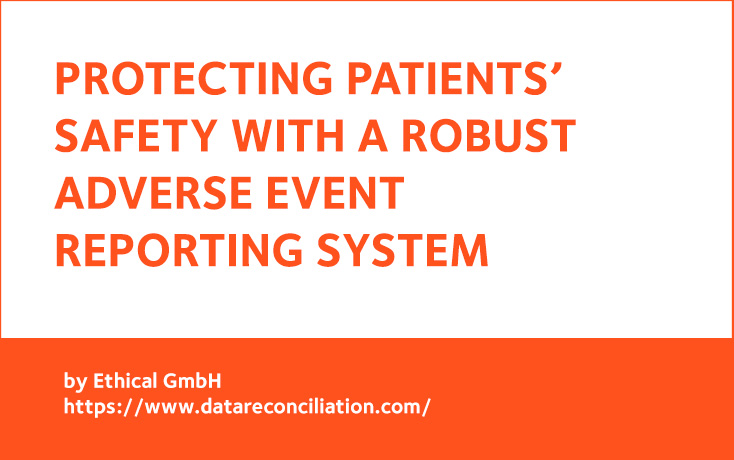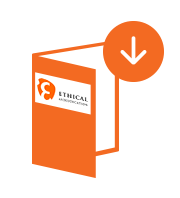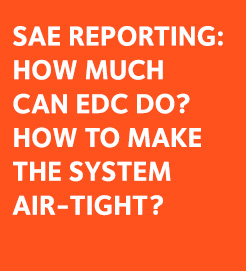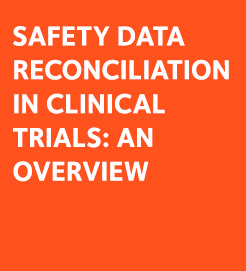Quality is one of the most important aspects in Clinical Research and Development. All clinical research processes, including the adverse event reporting system, incorporate Quality Control and Quality Assurance methodologies as a key component to ensure the quality and reliability of the data and to guarantee compliance with regulations such as the Good Clinical Practices (GCP). However, due to the complexity of the work itself, there is still a non-negligible risk of errors. The adverse event reporting system accuracy can be reinforced by performing systematic and ongoing reconciliation of the SAE data collected in the safety database with the clinical database.
Adverse event reporting systems for patient safety
The monitoring of a drug’s safety profile in order to protect patients from unwanted or adverse effects is an important pillar of clinical development. Defining the safety profile of a new drug relies heavily on the collection, classification, coding and reporting of Adverse Events (AE) that may reveal unwanted adverse effects of the drug and help avoid or mitigate them. The developers of new medicines have put in place sophisticated adverse event reporting systems to manage this aspect of clinical development.
There are very few statistics about the quality of the safety data at the initial AE reporting in the adverse event reporting systems but because the target is 100% quality, specific processes must be devised to reinforce the quality and reliability of safety data and preserve patient safety in clinical trials.
Internal and external audits are regularly conducted to review processes and performed activities, identify weaknesses and propose corrective and preventive actions (CAPA) ensuring continuous monitoring and improvement. Nevertheless, omissions, errors in the transcription of the data, inconsistencies, approximations and deviations from study protocol are likely to occur in AE reporting due to the complexity of clinical trials.
The dual utility of SAE data reconciliation
In addition to being reported to Health Authorities via the adverse event reporting system, SAEs and occasionally other AEs of special interest (AESI) defined in the clinical protocol and depending on the specific disease in study are monitored and recorded in a safety database. The safety process is separate from the clinical data capture process whereby all clinical data pertaining to the efficacy as well as to the safety of the new drug are collected and stored in the clinical database.
Because SAEs are independently collected, coded, classified and described in the safety database which is independent from the clinical database, there a risk of discrepant information that needs to be reconciled before the end of the trial. On the other hand, the safety database provides a separate, independent source of information that can be used to validate the clinical data. Therefore, SAE reconciliation has a dual utility: clean the safety data in both databases and enhance the overall SAE data quality.
Achieving SAE data quality
While performing systematic and ongoing reconciliation of the SAE data collected in the safety database with the clinical database supports SAE data accuracy, it is nevertheless a challenging process for clinical research teams. The use of a data reconciliation software such as eReconciliation® specifically designed to overcome the inherent challenges of SAE data reconciliation contributes to the overall SAE data quality and integrity.
Preserving the safety of patients participating in clinical trials is the main focus of Good Clinical Practice (GCP). While it is important to demonstrate the efficacy of a new drug in the target indication, it is equally critical to show that the drug will not cause harm to the patients or that the benefit clearly surpasses the potential risks.
All Adverse Events (AEs) regardless of nature, severity or suspected relation to the new drug must be collected and categorized using specific medical dictionaries such as MedDRA or SNOMED. AEs can be of different types and affect different parts of the body or other aspects of a person’s life.
Among all types of AEs, certain types have been labelled “Serious” and are monitored more closely than all the others. The “seriousness” of an event (that may be serious or non-serious) should not be confounded with its “severity” (that can be mild, moderate or severe).
An adverse event is considered serious if it results in any of the following outcomes: death, a threat to the patient’s life, inpatient hospitalization or prolongation of an existing hospitalization, a persistent or significant incapacity or substantial disruption of the ability to conduct normal life functions, or a congenital anomaly or birth defect. Other medically important events are also included in the definition.
Adverse event reporting systems are set up to make regulators, investigators and other appropriate people aware of new, important information on serious reactions. Click here for information on safety data reporting regulations.
DOWNLOAD NOW THE FREE SAE RECONCILIATION HANDBOOK
The Manual / Reference Book with all the topics related to the Safety Data Reconciliation Management.







